.png.e9a9361fe2424070b313e44ddb1a5500.png)
Celiac.com 08/05/2013 - People with celiac disease can now have confidence in the meaning of a "gluten-free" label on foods.
The Food and Drug Administration (FDA) has issued a final rule that defines what characteristics a food has to have to bear a label that proclaims it "gluten- free." The rule also holds foods labeled "without gluten," "free of gluten," and "no gluten" to the same standard.
Celiac.com Sponsor (A12):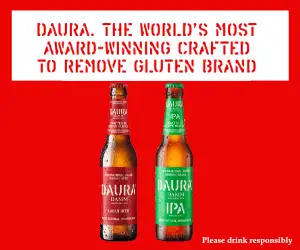
 This rule has been eagerly awaited by advocates for people with celiac disease, who face potentially life-threatening illnesses if they eat the gluten found in breads, cakes, cereals, pastas and many other foods.
This rule has been eagerly awaited by advocates for people with celiac disease, who face potentially life-threatening illnesses if they eat the gluten found in breads, cakes, cereals, pastas and many other foods.
As one of the criteria for using the claim "gluten-free," FDA is setting a gluten limit of less than 20 ppm (parts per million) in foods that carry this label. This is the lowest level that can be consistently detected in foods using valid scientific analytical tools. Also, most people with celiac disease can tolerate foods with very small amounts of gluten. This level is consistent with those set by other countries and international bodies that set food safety standards.
"This standard 'gluten-free' definition will eliminate uncertainty about how food producers label their products and will assure people with celiac disease that foods labeled 'gluten-free' meet a clear standard established and enforced by FDA," says Michael R. Taylor, J.D., deputy FDA commissioner for foods and veterinary medicine.
Andrea Levario, executive director of the American Celiac Disease Alliance, notes that there is no cure for celiac disease and the only way to manage the disease is dietary—not eating gluten. Without a legal definition of "gluten-free," these consumers could never really be sure if their body would tolerate a food with that label, she adds.
"This is a tool that has been desperately needed," Levario says. "It keeps food safe for this population, gives them the tools they need to manage their health, and obviously has long-term benefits for them."
"Without proper food labeling regulation, celiac patients cannot know what the words 'gluten free' mean when they see them on a food label," says Allessio Fasano, M.D., director of the Center for Celiac Research at MassGeneral Hospital for Children, visiting professor of pediatrics at Harvard Medical School and member of the American Celiac Disease Alliance.
What Is Gluten?
Gluten means the proteins that occur naturally in wheat, rye, barley, and crossbreeds of these grains.
As many as 3 million people in the United States have celiac disease. It occurs when the body's natural defense system reacts to gluten by attacking the lining of the small intestine. Without a healthy intestinal lining, the body cannot absorb the nutrients it needs. Delayed growth and nutrient deficiencies can result and may lead to conditions such as anemia (a lower than normal number of red blood cells) and osteoporosis, a disease in which bones become fragile and more likely to break. Other serious health problems may include diabetes, autoimmune thyroid disease and intestinal cancers.
Before the rule there were no federal standards or definitions for the food industry to use in labeling products "gluten-free." An estimated 5 percent of foods currently labeled "gluten-free" contain 20 ppm or more of gluten.
How Does FDA Define 'Gluten-Free'?
In addition to limiting the unavoidable presence of gluten to less than 20 ppm, FDA will allow manufacturers to label a food "gluten-free" if the food does not contain any of the following:
- An ingredient that is any type of wheat, rye, barley, or crossbreeds of these grains;
- An ingredient derived from these grains and that has not been processed to remove gluten;
- An ingredient derived from these grains and that has been processed to remove gluten, if it results in the food containing 20 or more parts per million (ppm) gluten.
Foods such as bottled spring water, fruits and vegetables, and eggs can also be labeled "gluten-free" if they inherently don't have any gluten.
The regulation will be published Aug. 5, 2013 in the Federal Register, and manufacturers have one year from the publication date to bring their labels into compliance. Taylor says he believes many foods labeled "gluten free" may be able to meet the new federal definition already. However, he adds, "We encourage the food industry to come into compliance with the rule as soon as possible."
Under the new rule, a food label that bears the claim "gluten-free," as well as the claims "free of gluten," "without gluten," and "no gluten," but fails to meet the requirements of the rule would be considered misbranded and subject to regulatory action by FDA.
Those who need to know with certainty that a food is gluten-free are heralding the arrival of this definition. "This is a huge victory for people with celiac disease," says Levario. "In fact, that's the understatement of the year."
Says Taylor, "FDA's 'gluten-free' definition will help people make food choices with confidence."
This article appears on FDA's Consumer Updates page, which features the latest on all FDA-regulated products.
Source: August 2, 2013 - Open Original Shared Link




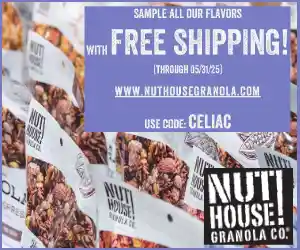
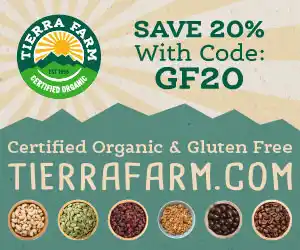
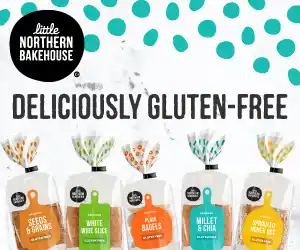

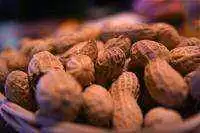
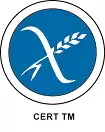




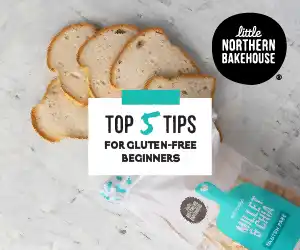
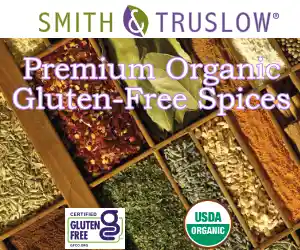
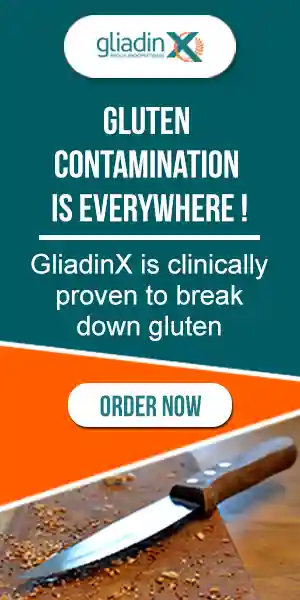
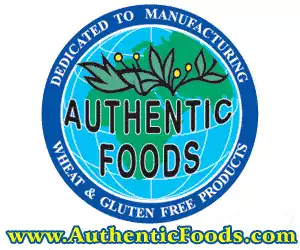

Recommended Comments